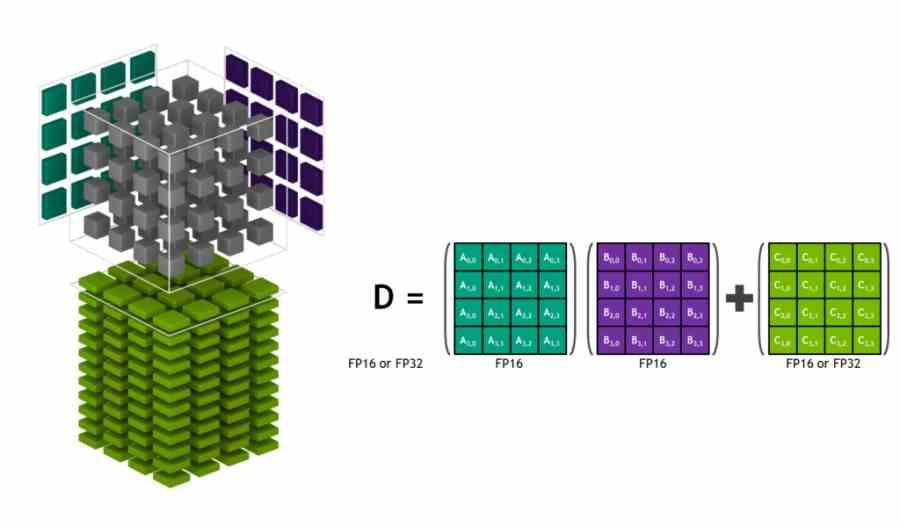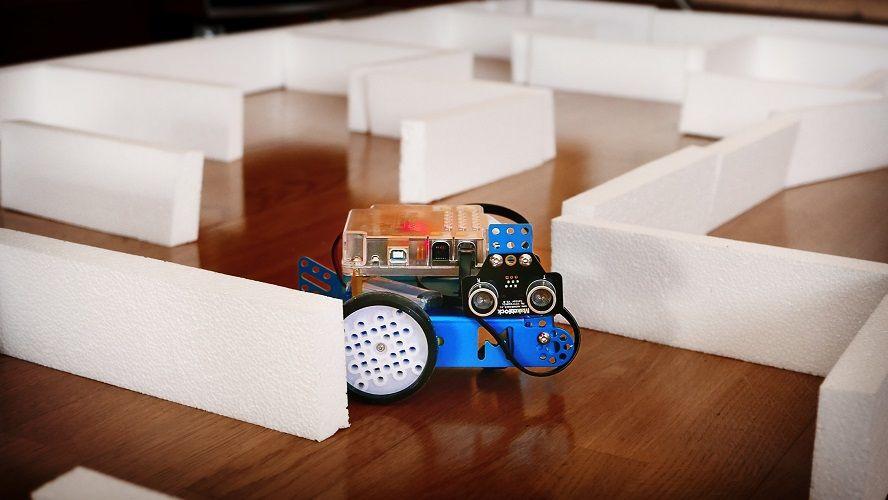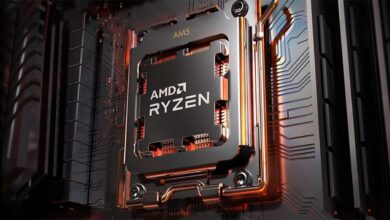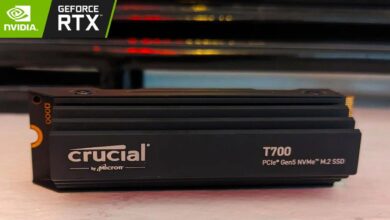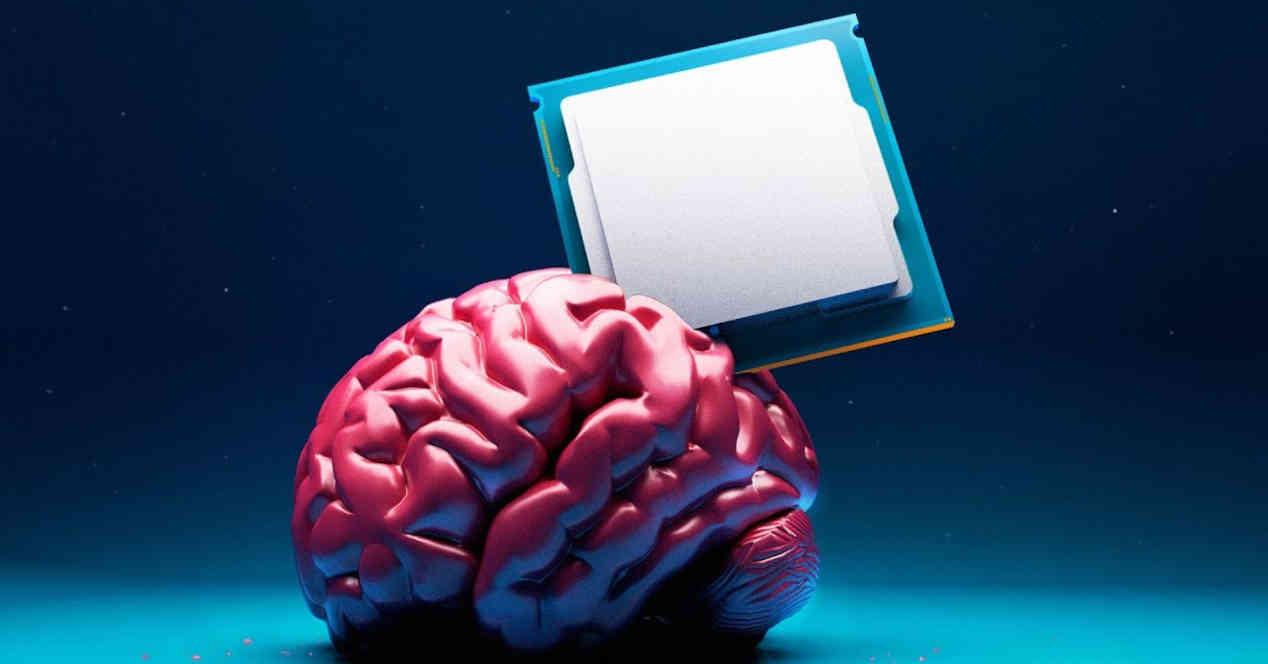
Words artificial intelligence o AI is everywhere, everyone repeats it at almost every sentence and it’s gotten to the point where it’s become so tainted by continued misuse that unrelated solutions are being sold in connection with that technology with such to get better sales. That is why we are going to briefly remind you of what AI is and what it is not.
What differentiates artificial intelligence from other solutions is the ability to learn as more data is given or it is corrected. This requires an amount of storage and bandwidth that is not possible on our home PCs. Rather, a good part of the AI solutions that are sold are the result of their application, but not by themselves. That is, they are the end that has been achieved through the medium that is artificial intelligence.
What has sparked the AI boom?
We have to start from the fact that the IA concept today is like Multimedia was in the 90s. That is, a word used by component manufacturers to refer not to the inclusion of a new technology in chips by selling it through its biggest real-world app. In other words, if the units capable of performing vector calculations in a few clock cycles gave us the opportunity to view and edit audio and video on our computers at high speed, as well as 3D games, the units in charge of doing mathematical calculations with matrices of numbers are the ones that have pushed the birth of AI.
However, we must start from the fact that there has been an exponential growth in the information necessary to provide these units with enough information and this is what should make us raise our eyebrows at certain applications that are sold as AI solutions and that really they are not. It must be taken into account that for something to be considered artificial intelligence it must have the ability to learn on the fly.
What should we not consider artificial intelligence?
There are several examples, but we are going to give you three of them that are quite illustrative:
- The first case is the automation, the fact that a device or a program has a series of previously programmed behaviors that mark its behavior according to a series of input parameters and reaction to the environment is not artificial intelligence. We can create a robot that gets out of a maze, but doesn’t have the ability to learn it.
- Second, we have the case of automatic learning or Machine Learningas well as Deep Learning. Both are AI disciplines, but you can have such an algorithm that isn’t learning from the data, but instead applies a previously learned algorithm. For example, NVIDIA’s DLSS doesn’t polish itself over time on our graphics card and they need to release new versions with every patch. Rather, the training is done on the company’s supercomputers, but not on people’s PCs.
- Then we have other cases like recommender systems and data analysis, which are based not on interpreting the information and drawing a conclusion, but on knowing how to classify it. That is, we call AI the ability of a system to draw a conclusion through some data.
Can you give us some examples?
Of course, that is why we have to give you a negative example and a positive one so that you know how to differentiate more precisely when we are in front of an AI and when we are not.
- For example, many audio-oriented AI systems boast the ability to cancel noise generated in recordings. This does not require a Tensor unit and is simply based on adding a channel with the audio inverted so that both are cancelled. That is a case of what an AI is not.
- On the other hand, I can collect a huge amount of images in JPEG, and train the AI to detect the classic image artifacts of this format and fix them for me. The more information you give it, the more accurate your prediction will be. From this I can get an algorithm, which would not be artificial intelligence, if not an automatism to eliminate those artifacts.
The second example, we can apply it with the example of the robot and the maze, where we can have an AI with the ability to study the maze that dictates the orders to get out of it in the shortest possible time. The former would be an artificial intelligence algorithm, the latter a derived solution.
